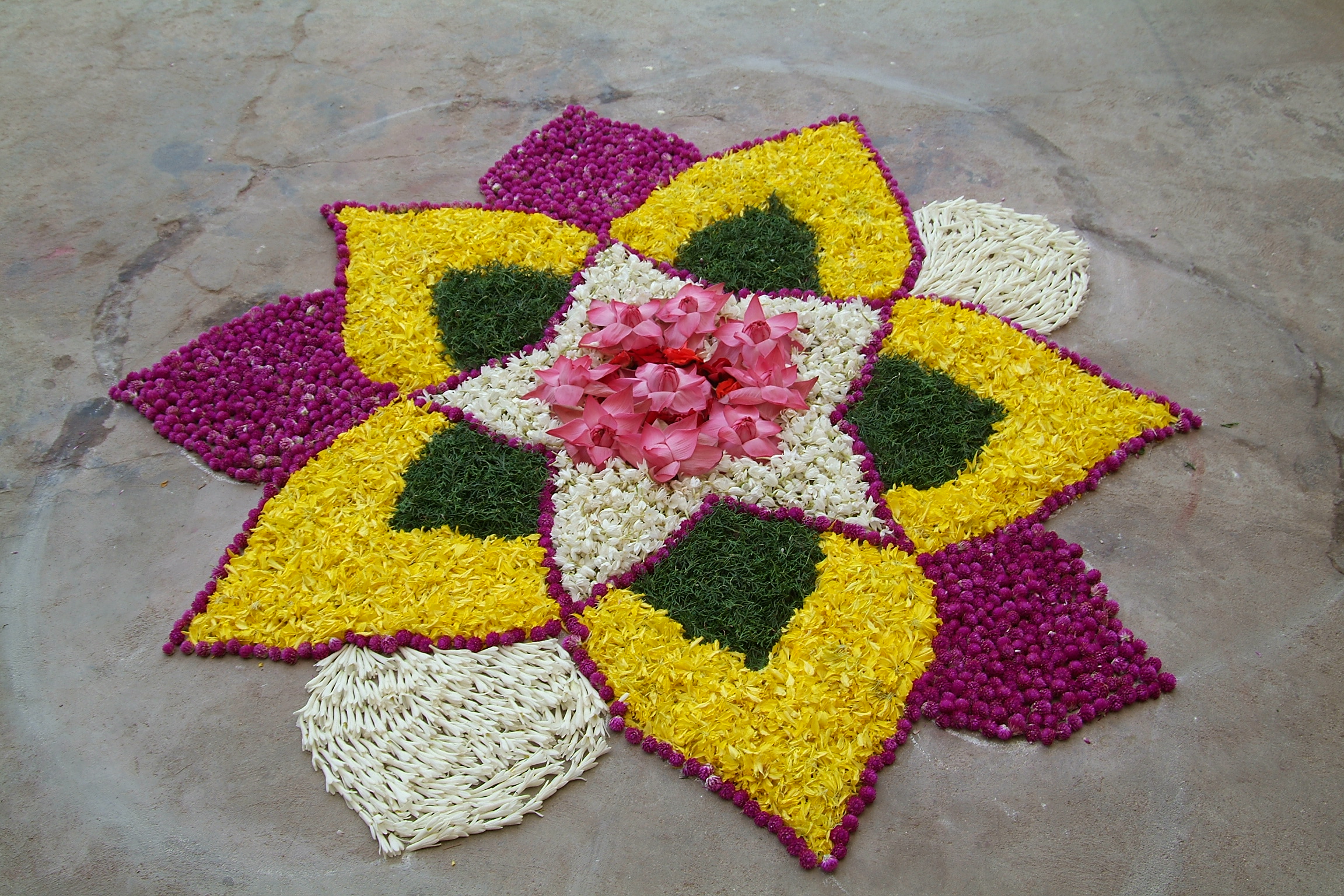Dear Rich: I am working on a children's book that explains how to do a type of folk art known as Rangoli. Rangoli is very popular and is made by millions of people all throughout India. The nature of this type of art, which has been practiced for many years, is that there are extreme similarities in the designs that people create, and designs are also passed on so that they are perpetually duplicated. As I research this topic, I find that people claim to have a copyright to designs they post on their websites even though some of them are clearly duplicates with the only difference being a slight change – either in the design or the color scheme, or possibly none at all. So, my questions are: (1) Can people claim a copyright to those designs that were clearly derived from other people’s work? What happens if there are designs in my book that fall in this same category? (2) What happens if, in the creative process, you inadvertently duplicate a design someone made of which you are completely unaware? Is there anything that can protect you in this instance? (3) How can anyone truly claim a copyright to art that has been duplicated by so many people for so many years? How do I protect myself? Rangoli artists often share elements -- for example, lotus flowers and leaves, swans and parrots, and certain human imagery. Many times these elements are copied and re-arranged and other times, an artist may create unique elements by hand, without copying. When elements are original, the copyright can be claimed by the artist. When elements are in the public domain -- taken from much older works -- a derivative copyright can be claimed as to the manner in which the elements are re-arranged and as to new elements that are added. But the less modification that is made to public domain elements, the thinner (and less enforceable) the copyright. In other words, the degree of originality matters when seeking to enforce rights over a traditional Rangoli work.
If you copy. If you reproduce someone's original work, or derivative designs over which people claim copyright, then the owner may pursue you in court. That's provided that the owner can register the work, convince a court that it is protectible, and that your use does not constitute fair use. That may be an uphill battle for some Rangoli creators, and not so difficult for some others.
Inadvertent duplication. As for Question #2, if you inadvertently duplicate a Rangoli work -- that is, you create it independently without copying -- then you would not be liable for copyright infringement. As long as you can prove you didn't copy and you created something independently, there is no infringement.
Bottom line. We think there are so many centuries of Rangoli art available, and so you should be able to safely include older public domain Ragnoli works. If you want to reproduce a work and you're unsure of whether it's protected, our suggestion is to keep the image as small as possible as the trend lately has been to permit thumbnail usage of artwork as a fair use. Finally, avoid copying and reproducing large groups of Rangoli from websites. That's because some Rangoli collections may qualify as a compilation copyright which protects the choice and order of the collection but not the individual works.


No comments:
Post a Comment